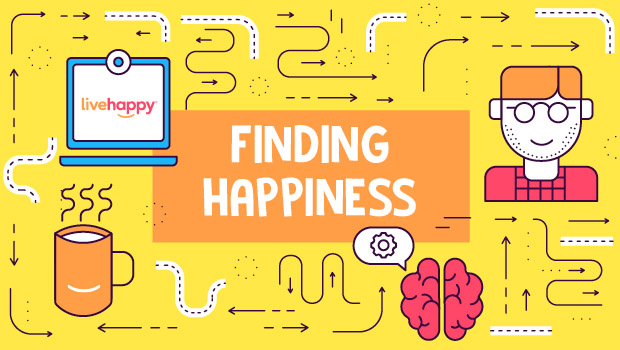Do you Live in the Happiest City or State?
If happiness is a state of mind, then where you live may make your trip to bliss a little bit easier. Since the place you call home is where you most likely spend a great deal of your time, it would be nice if that city or state also contributed to your well-being.
Research suggests that living in certain locations and environments can make you happier for a variety of reasons, including greater access to green and blue spaces, strong social support systems, more opportunities for physical activity, higher levels of education and economic stability.
As a whole, the United States regularly ranks around the 15th happiest country in the world, according to the World Happiness Report. But there are cities and states within the country that rank higher than others in happiness, giving residents living in those areas the opportunity to greater life satisfaction.
The Happiest Cities and States in America
WalletHub, an online personal finance company, regularly ranks both the happiest cities and states in America. Their methodology for these lists includes three key categories to determine the results, including emotional and physical well-being, income and employment, and community and environment. According to Wallethub, their analysis is based on a mix of existing research from some of the leading studies in positive psychology as well as data compiled from a variety of sources, such as the 2024 U.S. Census Bureau and the Bureau of Labor Statistics.
Free to Be Happy in Fremont
WalletHub’s Happiest Cities in America list shows which of the largest cities in the U.S. had happier people. Fremont, California was named the happiest city in the country for the fifth consecutive year. Located in the Bay Area, residents of Fremont enjoy more than 1200 acres of green spaces, parkland and other outdoor amenities which provide plenty of opportunities for exercise and relaxation. Other factors include a friendly place to raise a family, low divorce rates, and low unemployment. A few other Bay Area cities that made the list include San Jose (3) and San Francisco (7).
Here are the top ten happiest cities in the U.S. according to WalletHub:
Fremont, CA
Overland Park, KS
San Jose, CA
Madison, WI
Irvine, CA
Honolulu, HI
San Francisco, CA
Pearl City, HI
Columbia, MD
Scottsdale, AZ
You’ll Find More Joy in Utah
While multiple cities in California made the ‘Happiest Cities’ list, it isn’t the happiest state, at least according to WalletHub. In the Happiest States in America list, released by WalletHub in September of 2023, Utah ranks No. 1. Using the same factors as the ‘Cities’ list, Utah is also the top state in the country for providing a great work environment, having the lowest divorces rates and high volunteer rate, which all contribute to greater well-being.
Utah
Hawaii
Maryland
Minnesota
New Jersey
Connecticut
California
Florida
Idaho
Nebraska
Read More









